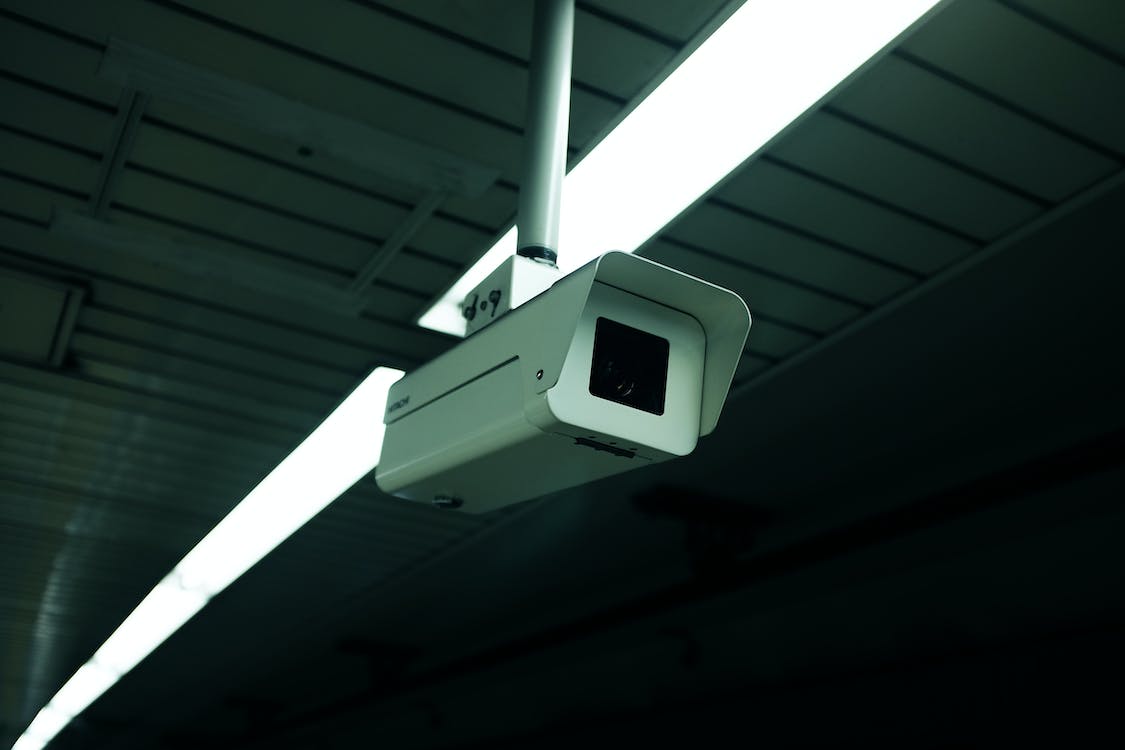Diving into Internet Depths: Unraveling Shodan & RoboShadow Use
Explore the workings and implications of Shodan, the "Hacker's Search Engine," used to locate and analyze internet-connected devices worldwide. Understand its potential risks to businesses, as highlighted by the Trendnet scandal, and its utility in RoboShadow's vulnerability scanning system. Learn about necessary security measures to protect against exposed device vulnerabilities.
what is Shodan? 
Shodan, sometimes called "The Hacker's Search Engine," is a special tool that lets you find all kinds of things connected to the internet, like servers, routers, or webcams. Unlike Google, which looks for information on websites, Shodan looks for info from these internet devices.
Created by John Matherly in 2009, Shodan works by gathering 'banners' or hello messages from these devices. These messages can tell you a lot about the device, such as what kind of software it's using and its location. So, in simple terms, Shodan is like a worldwide directory for all devices connected to the internet.
Should i be cautious of shodan?
Businesses must exercise caution when using Shodan because it can potentially expose vulnerabilities in their cyber infrastructure. Known as the "Hacker's Search Engine," Shodan can reveal sensitive details about an organization's internet-connected devices, including servers, routers, and security cameras.
Shodan poses several cybersecurity concerns for businesses:
-
Data Leakage: Shodan can expose sensitive data such as location data, device-specific information, or even proprietary data, which could be maliciously used by competitors or hackers.
-
Assisting Malicious Actors: Bad actors or hackers can use Shodan to find and exploit vulnerabilities in an organization's systems. They can use it to gain unauthorized access to systems, steal sensitive information, disrupt business operations, or carry out a range of other malicious activities.
- Uncovering Vulnerabilities: Shodan can identify poorly configured or unsecured devices connected to the internet, providing potential points of entry for cyber attackers. It can list software versions, types of services running, and other device information that may assist a potential attacker.
Therefore, it is crucial for businesses to understand what information is being exposed to the internet and secure their systems accordingly. Regular network audits, strong password protection, regular software updates, and firewall implementation are ways businesses can protect themselves from potential threats that may be revealed via Shodan.
The Significance of Protecting Connected Devices and Shodan's Role: Key Takeaways from the Trendnet Scandal
In 2014, a significant security controversy unfolded when it was discovered that web-enabled security cameras manufactured by Trendnet were insecure, resulting in the company settling with the Federal Trade Commission (FTC).
The vulnerability, at its core, allowed for remote access to the live feeds of thousands of Trendnet cameras without any security authentication, thereby exposing private data from homes, businesses, and other properties. The issue was brought to light through Shodan, a search engine that finds connected devices, revealing the IP addresses of the insecure Trendnet cameras, making them accessible to anyone with the knowledge of where to look.

This incident underscored the vulnerabilities inherent in connected devices and the necessity of stringent security measures like password protection, data encryption, and regular software updates. It served as a stark reminder to businesses about the risks associated with failing to adequately secure their infrastructure.
Any exposed device could potentially provide an entry point for cyber attackers, posing a risk to sensitive business data. Consequently, the case emphasized the dual nature of tools like Shodan; while they can expose security weaknesses, they can also be harnessed proactively to identify and address vulnerabilities within a business's cyber infrastructure.
How Does RoboShadow Incorporate Shodan in Its Vulnerability Scanning Process?
RoboShadow integrates Shodan into its vulnerability scanning system to provide comprehensive vulnerability assessments, both externally and internally, for corporations, institutions, and individuals.
Externally, RoboShadow uses Shodan to scan public IP addresses (the External Attack Surface) associated with a company or institution. Shodan's ability to locate and gather information from internet-connected devices, including their location, operating system, software version, and more, can reveal potential points of entry for attackers. RoboShadow can analyze this information to identify poorly secured or configured devices, open ports, outdated software, or other vulnerabilities that could be exploited.
Internally, RoboShadow scans endpoint devices within the network. These can include computers, mobile devices, printers, and other IoT devices. Similar to the external scan, RoboShadow checks these devices for weak security configurations, unprotected data, or other potential weaknesses.
By integrating Shodan, RoboShadow can generate daily vulnerability assessment reports. These reports detail the identified vulnerabilities and provide evidence to support their findings, offering valuable insight into potential security risks. This functionality is akin to a standard corporate penetration test, but with the added benefit of being accessible and repeatable on a daily basis. This frequent scanning allows companies to stay updated about their security status, address vulnerabilities in a timely manner, and maintain a robust defense against potential cyber attacks.
I’m lucky to have worked in technology all over the world for large multi-national organisations, in recent years I have built technology brands and developed products to help make technology that bit easier for people to grasp and manage. By day I run tech businesses, by night (as soon as the kids have gone to bed) I write code and I love building Cyber Security technology.



